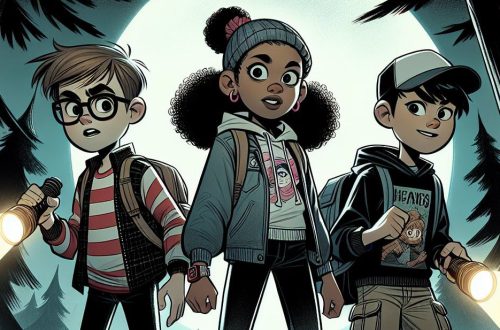
Why I Set My Story in 1978: A Simpler Time for Bigger Adventures
When I started writing my debut novel, I knew I wanted it to feel like the adventures I experienced a kid in the 1970s. Adventures where kids had to rely on their wits, their friendships, and maybe a flashlight or two. That’s why I chose to set it in 1978.
No smartphones. No internet. No GPS. Just a group of curious kids, a mystery to solve, and a world that felt wide open.
Rediscovering the Analog World
There’s something wonderfully tactile about the late ’70s. If you wanted to find information, you had to go to the library and flip through a card catalog. If you needed to call someone, you hoped they were home, and that no one else was using the phone at the time.
If you got lost, you pulled out a paper map and figured it out, or looked for familiar landmarks.
That kind of world forces characters to be resourceful. It slows things down in the best way. It gives space for tension to build, for friendships to deepen, and for small discoveries to feel monumental.
Sleuthing Without Screens
In a modern setting, a mystery might be solved with a quick Google search or a text message. But in 1978? Clues are found in dusty attic boxes, overheard conversations, and scribbled notes passed in class. Kids have to sneak into places, follow people on foot, and piece things together the hard way.
And that’s exactly what I wanted.
I wanted my characters to get their hands dirty, dig, and explore the unknown.
I want my readers to feel the thrill of solving something not because they had the right app, but because they were brave enough to ask the right questions, make mistakes, and learn along the way.
Nostalgia Meets Discovery
For adult readers, 1978 might feel nostalgic. For kids, it’s almost like historical fiction, but with bikes instead of horses, and cassette tapes instead of scrolls. It’s a time that’s just far enough away to feel different, but close enough to still feel real.
And honestly? It’s fun. There’s a certain charm to rotary phones, Polaroids, and browsing microfiche at the library.
There’s a sense of freedom in a world where kids could roam the neighborhood until the streetlights came on.
A Story That Breathes
Setting the story in 1978 gave me room to let the mystery unfold slowly. It gave my characters time to think, to wonder, to argue and make up. It gave the story a rhythm that feels different from our fast-paced, always-connected world.
I think that is something kids today can appreciate, even if they’ve never used a payphone or waited for a song to come on the radio (and waited to press the record to get the song on cassette tape).
Thanks for reading!
If you could time-travel to any year for an adventure, which one would you choose—and why?
Here is a look at what happened in 1978 at History.com.
Here is a some 1978 pop-culture trivia from popculturemadness.com.
Dare to subscribe to my newsletter?



You May Also Like

Building Worlds for Curious Minds: Writing Middle Grade Fiction
July 18, 2025
Plot Twists & Deadlines: The Fun and Challenges of Writing a Novel for My MFA Thesis
August 20, 2025